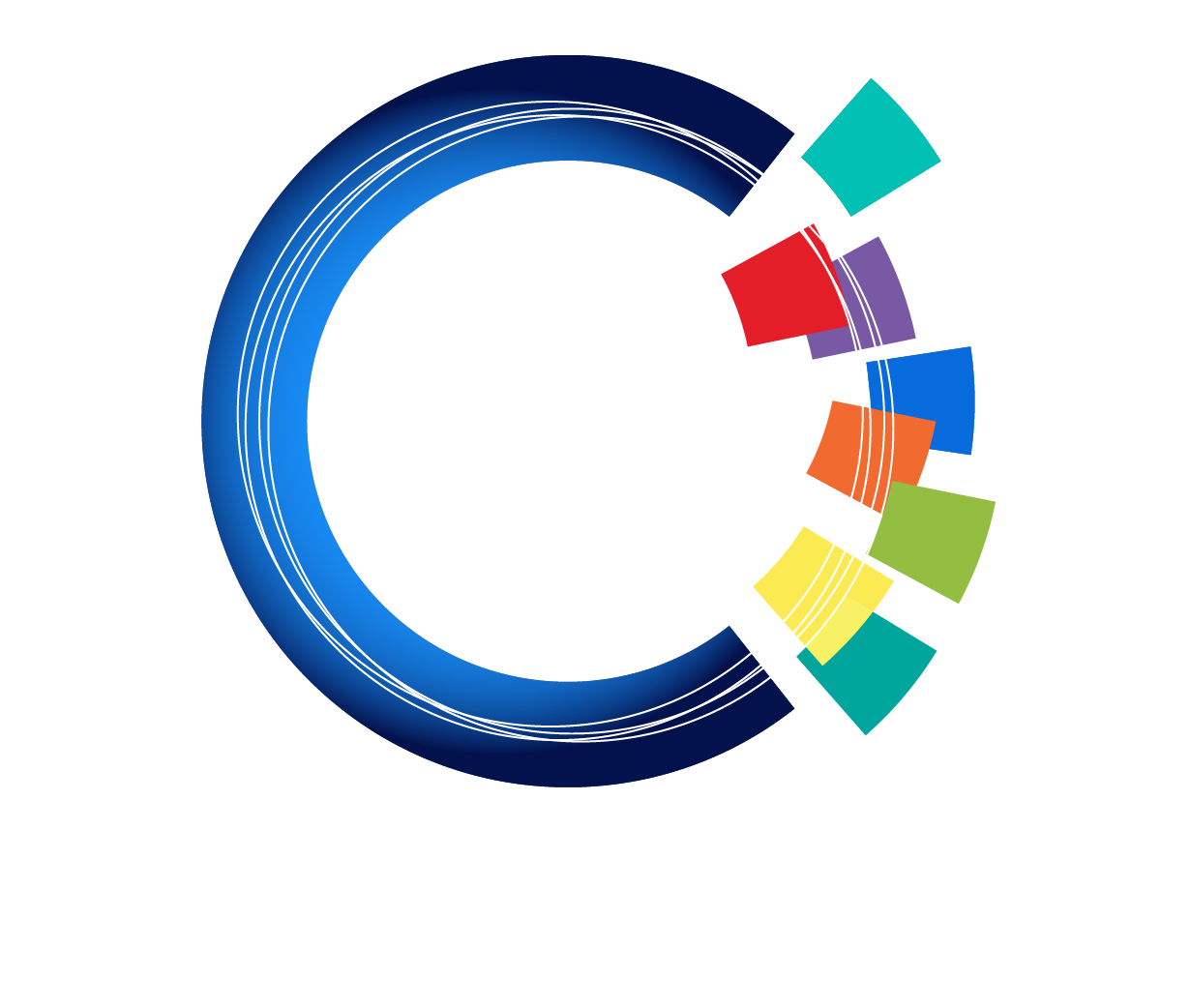“Harassed”. This is a word I often hear in the Ombud’s Office. Actively listening to my visitors, I explore their definition of the term and seek concrete examples of situations where they felt “harassed”.
Following this discussion, we consult the definition of harassment given in CERN’s Operational Circular No. 9 (OC9), paragraph 3:
“Harassment means unwelcome behaviour that has the effect of violating a person’s dignity and/or creating a hostile work environment.”
We also scrutinise the criteria (OC9, paragraph 5) for determining whether behaviour constitutes harassment:
“Form: Harassment may take many forms, including but not limited to physical, verbal and non-verbal conduct.
Frequency: Harassing behaviour is typically, but not necessarily, repetitive. If sufficiently grave, an isolated occurrence may constitute harassment.
Intention: Whether particular behaviour constitutes harassment is determined not only by the intent but also by the effect of the behaviour on the alleged victim.
Location: Harassment typically occurs in the workplace, but also in work-related settings (such as duty travel or social functions). Unwelcome behaviour that occurs in non-work-related settings can constitute harassment if it has an adverse effect on the work environment at CERN.
Work relationship: Harassment is to be distinguished from a job conflict and is not to be confused with expression of disagreement, admonition or constructive criticism in respect of work performance or conduct.”
After we have studied these definitions and criteria, and applied them to their individual situation, my visitors may opt for another term to describe their experiences. They might refer to tense or absent communication, micromanagement, conflicts about values, working methods and objectives, or other toxic work scenarios. It is important to distinguish these issues from harassment, which constitutes a very different accusation.
However, in some cases, the situation they describe may qualify as harassment. So, where can my visitors go from here?
First, I would recommend reading this concise and invaluable guide: “Dealing with Harassment – The complainant’s guide”. Published by the CERN Ombud in 2011, it sets out a few key messages for those experiencing harassment:
- Understand what’s going on and familiarise yourself with the definition of harassment as set out in OC9.
- Start to keep a detailed record of your experiences.
- Don’t suffer in silence; talk to someone you trust about what you’re experiencing. However, remember to take into account the need for confidentiality and to prevent rumours.
- Although it should not be your goal to think about the well-being of somebody who harasses you, understanding their perspective can advance your resolution of the situation.
- Understand your own reactions to harassment.
- Look after yourself. Experiencing harassment may be a long and exhausting process.
Taking the time to reflect upon these recommendations can empower those affected to regain control over their situation, but it is equally critical to not wait too long before choosing an approach.
The informal approach involves several steps:
- Inform the alleged offender of the situations that are violating your dignity and the impact that they are having on you.
- Remind the alleged offender that the Organization does not tolerate harassment and that OC9 provides instructions for filing a formal complaint. It may not always be easy to confront them. It requires considerable emotional strength, and you may also be discouraged if they are more senior than you are. On the other hand, confronting them may be the fastest and most efficient way to put an end to the harassment.
- Involve a third party, such as the Ombud or a trusted colleague, in conveying your message to the alleged offender. In some cases, the Ombud may also propose mediation.
If the informal approach fails or is not appropriate due to the seriousness of the case, you may use the formal approach and launch a formal resolution process according to the procedure defined in OC9, section III-C.
It is essential to understand the OC9 procedure and its rules before launching it. Therefore, I would recommend that you first discuss the situation with the Chair of the Harassment Investigation Panel (HIP), your point of contact for the formal approach, who will provide you with detailed information and advice.
Filing a complaint is a process that implies the responsibility of the person who submits it, and OC9 is designed to protect the rights of both the alleged victim and the alleged harasser.
The OC9 procedure sets out the investigation process, i.e. the process for establishing the facts and for issuing an opinion to the Director-General as to whether or not harassment occurred.
Proven harassment will lead to administrative and/or disciplinary action towards the harasser. On the other hand, a complaint of harassment made in bad faith may also result in administrative and/or disciplinary action (OC9 III A. 7.).
Feeling harassed can have a huge impact on your work as well as your personal life, and you shouldn’t have to suffer in silence. Don’t hesitate to seek help if you find yourself in such a situation. Take the time to carefully read OC9, and come and talk to the Ombud. I am here to examine the situation with you and answer your questions, from an impartial, independent and fully confidential point of view.
I will help you assess and classify the situation you are in and, where it is perceived as harassment, will help you explore which approach, informal or formal, you wish to take. With its zero-tolerance policy on harassment, CERN has made a strong commitment to tackling this issue.
Laure Esteveny
I want to hear from you – feel free to email ombud@cern.ch with any feedback or suggestions for topics you’d like me to address.
NB: If you would like to be notified about posts, news and other communications from the CERN Ombud, please register to receive the CERN Ombud news.
